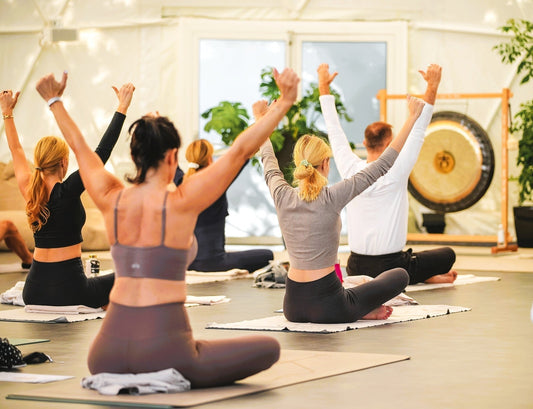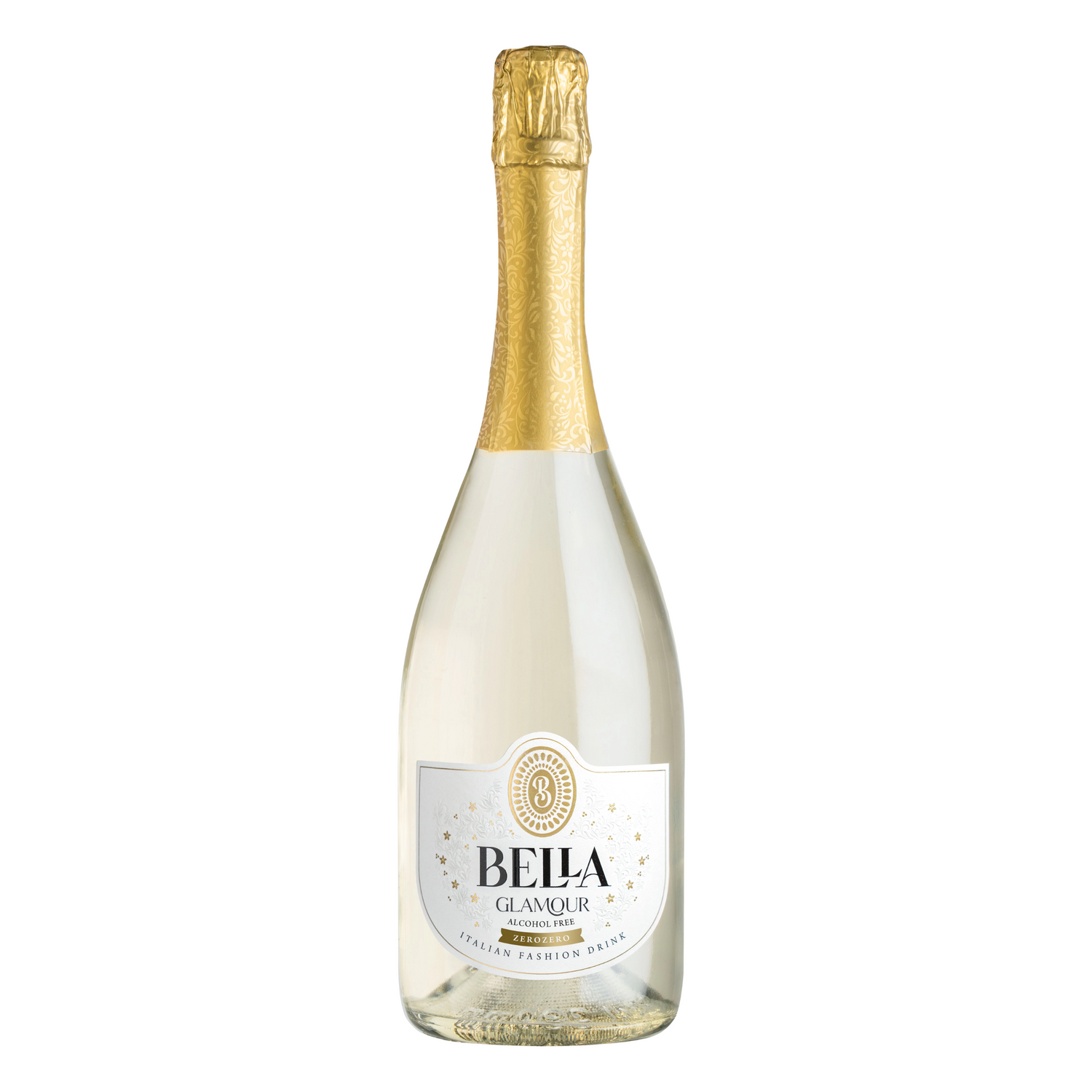Articles

Yoga, brunch, prosecco - conscious recharge with Sento Vivo
Szereted a jógát? És a brunch-ot? Mi mindkettőt imádjuk, így nem is volt kérdés számunkra, hogy május végén ott a helyünk a Normafa Hotel & Retreat különleges Yoga Brunch eseményén, ahol a mozgás, az egészségtudatos életmód és a prémium alkoholmentes élmények találkoztak.
Yoga, brunch, prosecco - conscious recharge with Sento Vivo
Szereted a jógát? És a brunch-ot? Mi mindkettőt imádjuk, így nem is volt kérdés számunkra, hogy május végén ott a helyünk a Normafa Hotel & Retreat különleges Yoga Brunch eseményén, ahol a mozgás, az egészségtudatos életmód és a prémium alkoholmentes élmények találkoztak.

What is the difference between grape juice and non-alcoholic wine?
Szőlőlé vs alkoholmentes bor. Szőlőből készül mindkettő, de vajon tényleg ugyanarról van szó? A szőlőlé és az alkoholmentes bor nemcsak technológiailag, de élmény szempontjából is teljesen más! Mondhatni ég és föld a kettő. Miért? Ebből az írásból pontosan kiderül, hogy mi is a különbség a két ital között. Mitől szőlőlé a szőlőlé és mitől lesz alkoholmentes egy bor.
What is the difference between grape juice and non-alcoholic wine?
Szőlőlé vs alkoholmentes bor. Szőlőből készül mindkettő, de vajon tényleg ugyanarról van szó? A szőlőlé és az alkoholmentes bor nemcsak technológiailag, de élmény szempontjából is teljesen más! Mondhatni ég és föld a kettő. Miért? Ebből az írásból pontosan kiderül, hogy mi is a különbség a két ital között. Mitől szőlőlé a szőlőlé és mitől lesz alkoholmentes egy bor.

Myths and misconceptions about non-alcoholic drinks
Pezsgő pukkan, rozé fröccs gyöngyözik – mégsem száll fejbe az élmény. Az alkoholmentes italok ma már nem csupán kompromisszumos megoldások, hanem egy új, stílusos korszak kulcsszereplői. Mégis rengeteg tévhit és városi legenda kering körülöttük. Most lerántjuk a leplet róluk!
Myths and misconceptions about non-alcoholic drinks
Pezsgő pukkan, rozé fröccs gyöngyözik – mégsem száll fejbe az élmény. Az alkoholmentes italok ma már nem csupán kompromisszumos megoldások, hanem egy új, stílusos korszak kulcsszereplői. Mégis rengeteg tévhit és városi legenda kering körülöttük. Most lerántjuk a leplet róluk!

What makes champagne sparkling – even without alcohol?
A buborékos italok világa sokkal színesebb, mint gondolnánk: pezsgő, habzóbor, gyöngyözőbor — de mi is a különbség köztük? És hogyan készül mindez alkoholmentes változatban? Ebben a bejegyzésben minden titokra fény derül, hogy magabiztosan választhass, akár alkoholos, akár alkoholmentes verzióról van szó.
What makes champagne sparkling – even without alcohol?
A buborékos italok világa sokkal színesebb, mint gondolnánk: pezsgő, habzóbor, gyöngyözőbor — de mi is a különbség köztük? És hogyan készül mindez alkoholmentes változatban? Ebben a bejegyzésben minden titokra fény derül, hogy magabiztosan választhass, akár alkoholos, akár alkoholmentes verzióról van szó.

How is non-alcoholic wine made?
Az alkoholmentes bor nem csupán annyi, hogy a szőlőlét palackozzák. A prémium alkoholmentes borok készítése komoly szaktudást, modern technológiát és gondos odafigyelést igényel, hogy az élmény valóban felérjen a hagyományos borok nyújtotta ízvilággal — csak alkohol nélkül.
How is non-alcoholic wine made?
Az alkoholmentes bor nem csupán annyi, hogy a szőlőlét palackozzák. A prémium alkoholmentes borok készítése komoly szaktudást, modern technológiát és gondos odafigyelést igényel, hogy az élmény valóban felérjen a hagyományos borok nyújtotta ízvilággal — csak alkohol nélkül.

A health-conscious lifestyle without compromise
A tudatos életmód nem csupán egy múló trend: egyre többen választják azt az utat, ahol a kifinomultság, az önazonosság és az igényes életstílus is fontos szerepet kap. Az alkoholmentes italok ma már nem egyszerű alternatívát jelentenek, hanem egy elegáns és előremutató döntést is tükröznek. De mit jelent ez pontosan, és miért válik egyre népszerűbbé a 0,0%-os életérzés?
A health-conscious lifestyle without compromise
A tudatos életmód nem csupán egy múló trend: egyre többen választják azt az utat, ahol a kifinomultság, az önazonosság és az igényes életstílus is fontos szerepet kap. Az alkoholmentes italok ma már nem egyszerű alternatívát jelentenek, hanem egy elegáns és előremutató döntést is tükröznek. De mit jelent ez pontosan, és miért válik egyre népszerűbbé a 0,0%-os életérzés?

